This week, read about difficulty in achieving sodium and potassium guidelines, beet juice improving intermittent exercise, cognitive function, and fast cadence cycling, benefits of pistachios, canned tuna concerns, fast food for exercise recovery, negative calorie food myth, illness after stage races, and more.
Are current guidelines for
sodium and potassium reasonable?
A study published this week questioned whether the current World Health Organization guidelines for sodium and potassium are realistic, considering how far off most nations are from the goals for these minerals. These guidelines recommend that we consume no more than 2000 mg of sodium daily (< 1 tsp. salt) and at least 3510 mg of potassium daily. According to the study, less than 1% of the population in the nations examined are meeting the combined goals.
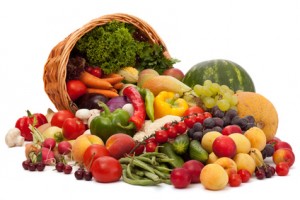
Our diet’s ratio of sodium to potassium helps control blood pressure. Although there is considerable scientific debate about sodium guidelines (they may be too low), no one is arguing about the importance of potassium. In fact, the Dietary Guidelines for Americans recommends even higher amounts of potassium than the WHO (> 4,700 mg/day).
Eating more processed foods contributes to the high sodium and low potassium intakes observed. Food processing typically adds sodium and removes potassium.
Good sources of potassium include whole, unprocessed foods: fruits, vegetables, low fat dairy products, legumes, and fish. And if you’re interested in exact numbers, stay tuned to this website. I”ll be providing more information on good sources of potassium soon.
Nitrates and exercise performance
A couple of studies out this week looked at dietary nitrates (in the form of beet juice) and exercise performance.
Nitrates linked to improved sprint performance and cognitive function. One study looked at the effects of dietary nitrates on repeated sprint performance and cognitive function. Investigators mimicked a team sport scenario (repeated sprints) and found that beet juice improved repeated sprint performance and lessened the expected decrease in cognitive function and reaction time compared to beet juice with nitrates removed. (European Journal of Applied Physiology, April 2015)
Exercise physiologist and Sports Nutritionist Asker Jeukendrup provides a nice overview of the study on this terrific new website here, which he summarized in the graphic below.
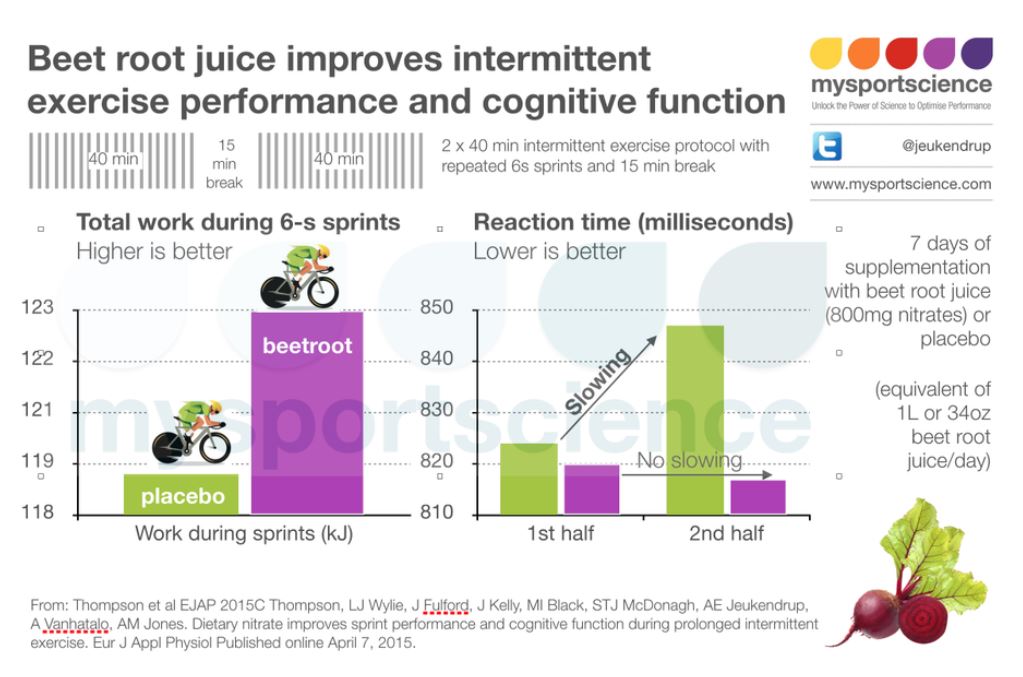 Nitrates and pedal cadence. In another study, researchers found that dietary nitrates (beet juice) positively influenced performance metrics at high (115 bpm) but not low (35 bpm) pedal cadence in recreational cyclists. The study findings support recent observations that nitrate supplementation may be particularly effective at improving exercise responses in fast twitch (type II) muscle fibers. (Journal of Applied Physiology, April 2015).
Nitrates and pedal cadence. In another study, researchers found that dietary nitrates (beet juice) positively influenced performance metrics at high (115 bpm) but not low (35 bpm) pedal cadence in recreational cyclists. The study findings support recent observations that nitrate supplementation may be particularly effective at improving exercise responses in fast twitch (type II) muscle fibers. (Journal of Applied Physiology, April 2015).
For more updates on research on dietary nitrates, see this page.
More Links of Interest This Week:
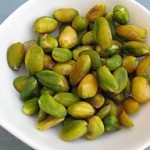 Eating pistachios good for arteries, lipids, and blood sugar. Another study confirms benefits of nut consumption – this time pistachios (1.5 oz/daily for 3 months). Like most nuts, pistachios are good sources of healthy fats, and contain protein, fiber, important vitamins, and minerals. (Nutrition Journal)
Eating pistachios good for arteries, lipids, and blood sugar. Another study confirms benefits of nut consumption – this time pistachios (1.5 oz/daily for 3 months). Like most nuts, pistachios are good sources of healthy fats, and contain protein, fiber, important vitamins, and minerals. (Nutrition Journal)
Should I Eat Canned Tuna? Canned tuna is inexpensive, versatile, and nutritious (a 5-oz can has 28 g protein and is a good sources of omega-3 fats). But mercury is a concern with big fish like tuna, as it can eventually end up accumulating in the tuna-consumer’s body (canned tuna is the largest source of mercury in the US diet). Some experts believe you shouldn’t consume any tuna because of mercury concerns (especially pregnant women, nursing mothers and children). (Time)
Limiting consumption of canned tuna is a good idea. Consider other low-contaminant canned fish like wild salmon or sardines, and opt for light tuna (usually Skipjack, Bluefin, Yellowfin, or Ahi) which contains one third the mercury found in canned white tuna (albacore). You’ll find more information about mercury in tuna here.
The Finnish Town That Went on a Diet. A terrific example of how an environment that makes the healthy choice the easy choice can transform health. (The Atlantic)
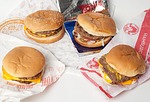 Fast Food May Help You Recover Similar to Sport Products. A new study compared the influence of moderate amounts of fast food to commercial sports supplements on recovery. They found no significant difference in glycogen (stored carbohydrate) or subsequent time trial performance in cyclists. (International Journal of Sport Nutrition and Exercise Metabolism).
Fast Food May Help You Recover Similar to Sport Products. A new study compared the influence of moderate amounts of fast food to commercial sports supplements on recovery. They found no significant difference in glycogen (stored carbohydrate) or subsequent time trial performance in cyclists. (International Journal of Sport Nutrition and Exercise Metabolism).
These findings aren’t surprising, as carbohydrates and protein are key to recovery – in a pinch, and in appropriate quantities, they could be better than nothing. A good take-away is that real food can be as good for recovery as commercial sports supplements. But you can do better than fast foods! Most fast foods lack the important vitamins, minerals, fiber, and protective compounds important for good health, and contain many ingredients linked to poor health and chronic diseases. Also, healthier foods might help other aspects of recovery not examined in this study, like inflammation and muscle damage (see Montmorency cherry study below). You’ll find some ideas for good foods to eat for recovery here.
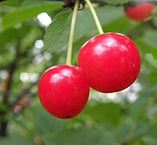 Montmorency cherries help exercise recovery. A growing body of research suggests that tart cherries can help recovery from exercise. Scientists think that the phytochemicals (particularly anthocyanins) in Montmorency cherries have anti-inflammatory and antioxidant properties that accelerate recovery. In this new study, cyclists who consumed Montmorency tart cherry concentrate for 8 days had quicker recovery and less exercise-induced inflammation after a cycling time trial compared to cyclists who had a placebo supplement. (Appl Physiol Nutr Metab. 2015)
Montmorency cherries help exercise recovery. A growing body of research suggests that tart cherries can help recovery from exercise. Scientists think that the phytochemicals (particularly anthocyanins) in Montmorency cherries have anti-inflammatory and antioxidant properties that accelerate recovery. In this new study, cyclists who consumed Montmorency tart cherry concentrate for 8 days had quicker recovery and less exercise-induced inflammation after a cycling time trial compared to cyclists who had a placebo supplement. (Appl Physiol Nutr Metab. 2015)
Food Babe and Science Illiteracy. . . Lots of reporting on the Food Babe this week! Science Babe wrote an article that got lots of attention on Gawker. Keith Bloor at Discover responds to the article with this thoughtful piece, examining the best way to react to popular pseudoscience messengers who exploit fear, health writer Julia Beluz wrote about why the Food Babe enrages scientists, and Dr. Jennifer Raff covers the Food Babe on her blog Violent Metaphors in her mission to improve science literacy.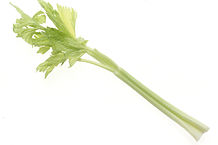
A popular myth dispelled: negative calorie foods. Do some food require more energy to digest than they provide? (Skeptoid)
Eating more meals out linked to higher blood pressure. This study is the first to link meals eaten away from home with high blood pressure. (American Journal of Hypertension)
Why Scientists Need to Give Up on the Passive Voice As an experienced editor of scientific grants and publications, I agree that changing passive sentences to active ones can improve the writing dramatically. (Slate) Looking to improve your science writing? Consider this great MOOC, by Kristin Sainani of Stanford University.
Are Paleo Diets More Natural Than GMOs? Thought-provoking piece on what “natural” really means. (Scientific American)
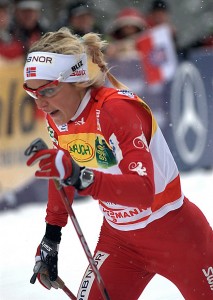 How an xc ski stage race (Tour de Ski) influences subsequent illness and performance. This study finds plenty of illness in athletes after this grueling event, and looks at influences on subsequent performance. Researchers found that male skiers were more prone to illness and decreased race performance than female athletes (seems Tour de Ski participation may have benefited subsequent performance of female athletes). (Scand J Med Sci Sports. 2015 Mar 27).
How an xc ski stage race (Tour de Ski) influences subsequent illness and performance. This study finds plenty of illness in athletes after this grueling event, and looks at influences on subsequent performance. Researchers found that male skiers were more prone to illness and decreased race performance than female athletes (seems Tour de Ski participation may have benefited subsequent performance of female athletes). (Scand J Med Sci Sports. 2015 Mar 27).
______
Photo Credits:
- Montmorency cherries (3648681426)” by Martha Dol. CC BY 2.0 via Wikimedia Commons
- Therese Yohaug by Iso76 (Own work) CC BY-SA 3.0, via Wikimedia Commons
Share This: